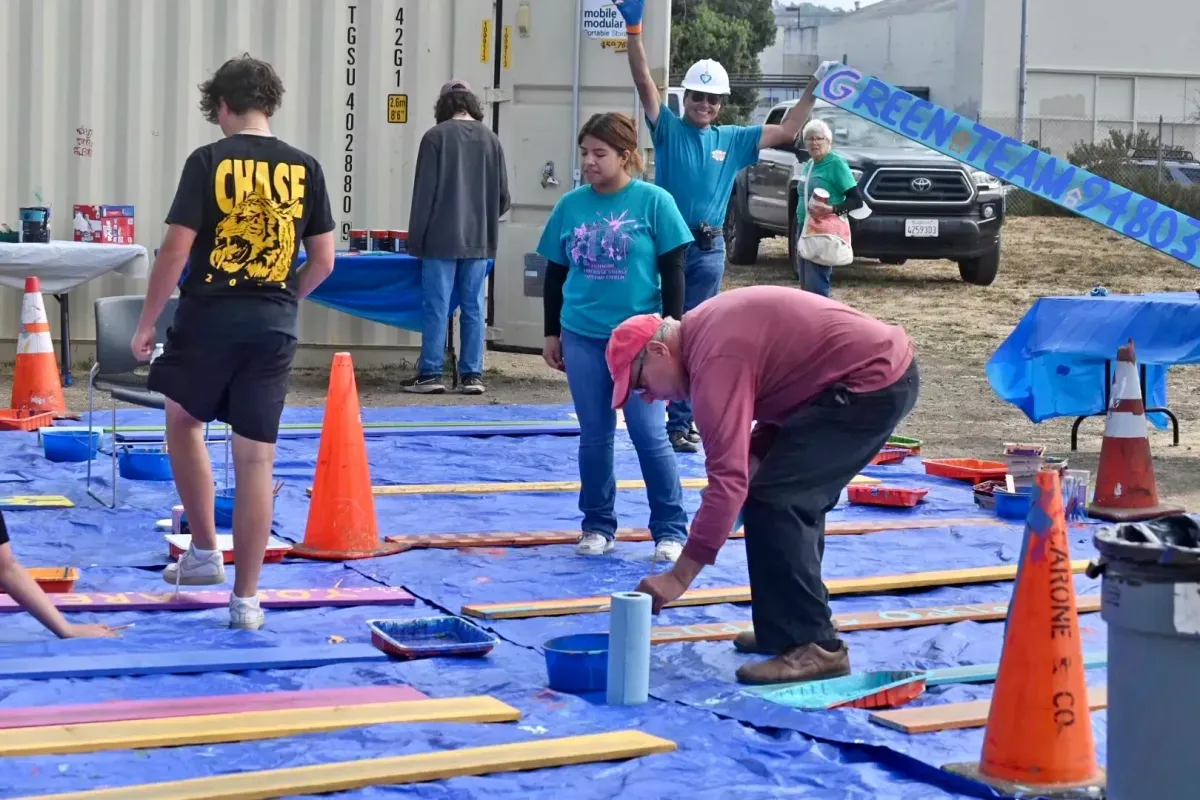

District 5 Councilmember Gayle McLaughlin is working with community members and city staff to identify sites to build tiny home villages for adults in Richmond.
Tiny villages are temporary housing communities that provide a supportive environment for people experiencing homelessness as they transition to more permanent housing.
One such tiny village for young people is already in the works at a vacant city-owned lot across from the GRIP Center; however, McLaughlin says more tiny villages are needed for adults.
While residents have previously rejected safe parks, and the city is not currently considering their implementation, McLaughlin said that tiny house villages have garnered support from the public.
In 2021, the Richmond City Council scuttled plans to create a sanctioned site where individuals experiencing homelessness could live in their cars or RVs after intense opposition from neighbors.
Arto Rintella, President of the Richmond Neighborhood Coordinating Council, questioned the lack of outreach to Hilltop residents when an RV safe park was proposed at the nearly vacant Hilltop Mall property.
“They tried to force this upon the residents of Hilltop without even talking to the residents, and it backfired on them,” Rintella said.
But McLaughlin said housing people in motel rooms is not working, and the city needs to find places for people living in RVs. She suggested using one of the city’s surplus properties in emails obtained by Grandview through a public records request.
“We have shared some general concepts with neighborhood council leaders, and they have shown interest,” McLaughlin said. “We will be continuing these conversations at the neighborhood and community level about any village we contemplate.”
The City of Richmond declared a shelter crisis in 2018, finding the health and safety of unhoused people are threatened by a lack of shelter.
“We need to fast-track alternative housing solutions. That is what the emergency housing ordinance is for. These are dire times, and they won’t get better,” McLaughlin wrote in April of this year.
In 2020, the city closed a 50-resident encampment and a 102-resident encampment in 2022 and created a Homelessness Strategic Plan to improve the lives of unsheltered people. The plan aims to create temporary supportive housing, expand prevention and crisis programming, improve economic pathways, and build collaboration within agencies.
https://www.ci.richmond.ca.us/4253/Homelessness-Strategic-Plan
 Grandview IndependentSoren Hemmila
Grandview IndependentSoren Hemmila
Richmond received several rounds of state grants to shut down large encampments and place former residents in housing or motel rooms.
McLaughlin said she would like to set up alternative housing models that offer longer-term stability, such as tiny villages, safe parks, mobile home courts, and manufactured homes.
“I know none of this is easy to make happen. I honestly see no hope in the state or federal government getting things under control,” McLaughlin said.
The latest push comes after a former resident of the Rydin Road encampment near Costco had difficulty obtaining a hotel room after the bus she was living in became stuck in the mud.
Emma Paulino, Director of Leadership Formation and organizer with the nonprofit Faith In Action East Bay emailed nearly 40 people, including city council members, seeking immediate assistance.
Based on an email from Paulino, the resident was told that a hotel room had been secured for her stay, but upon arrival, no arrangement was made. Despite efforts to resolve the issue, she was left with no choice but to return to the streets, exacerbating her already dire circumstances.
“We are urging you to explore alternative solutions besides hotel rooms, such as designated parking areas for people living in vehicles, to ensure that all individuals experiencing homelessness have access to safe and secure accommodations,” Paulino said.
McLaughlin wrote we needed to find places for people in RVs and that bouncing people from motel room to motel room was not working.
Richmond Police Department Crime Prevention Manager Michelle Milam, coordinator of Richmond’s Homeless Task Force, detailed the challenge of finding a suitable motel that meets the city’s needs.
“We require a motel that accepts dogs and is willing to enter into service contracts to avoid the need for frequent rebooking. It is worth mentioning that some motels have a policy of requiring a minimum 21-day booking,” Milam wrote.
Last month, McLaughlin sought feedback from city planning staff on creating a site for tiny villages at city‐owned properties near the Richmond Parkway. The sites are located at Freethy Boulevard and Richmond Parkway. Two sites are located within city limits, and two are in unincorporated Contra Costa County.
Freethy Boulevard Richmond Parkway
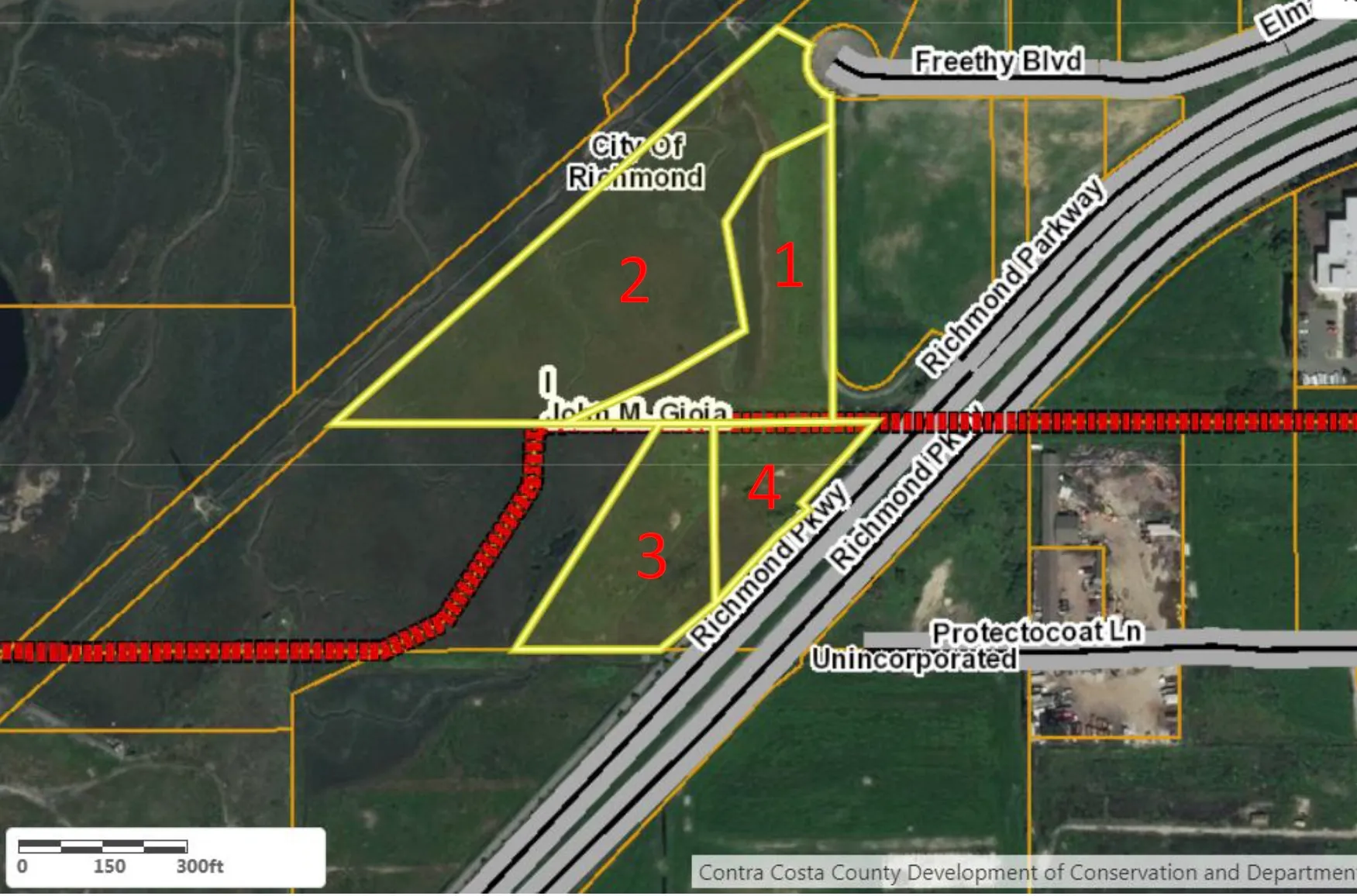
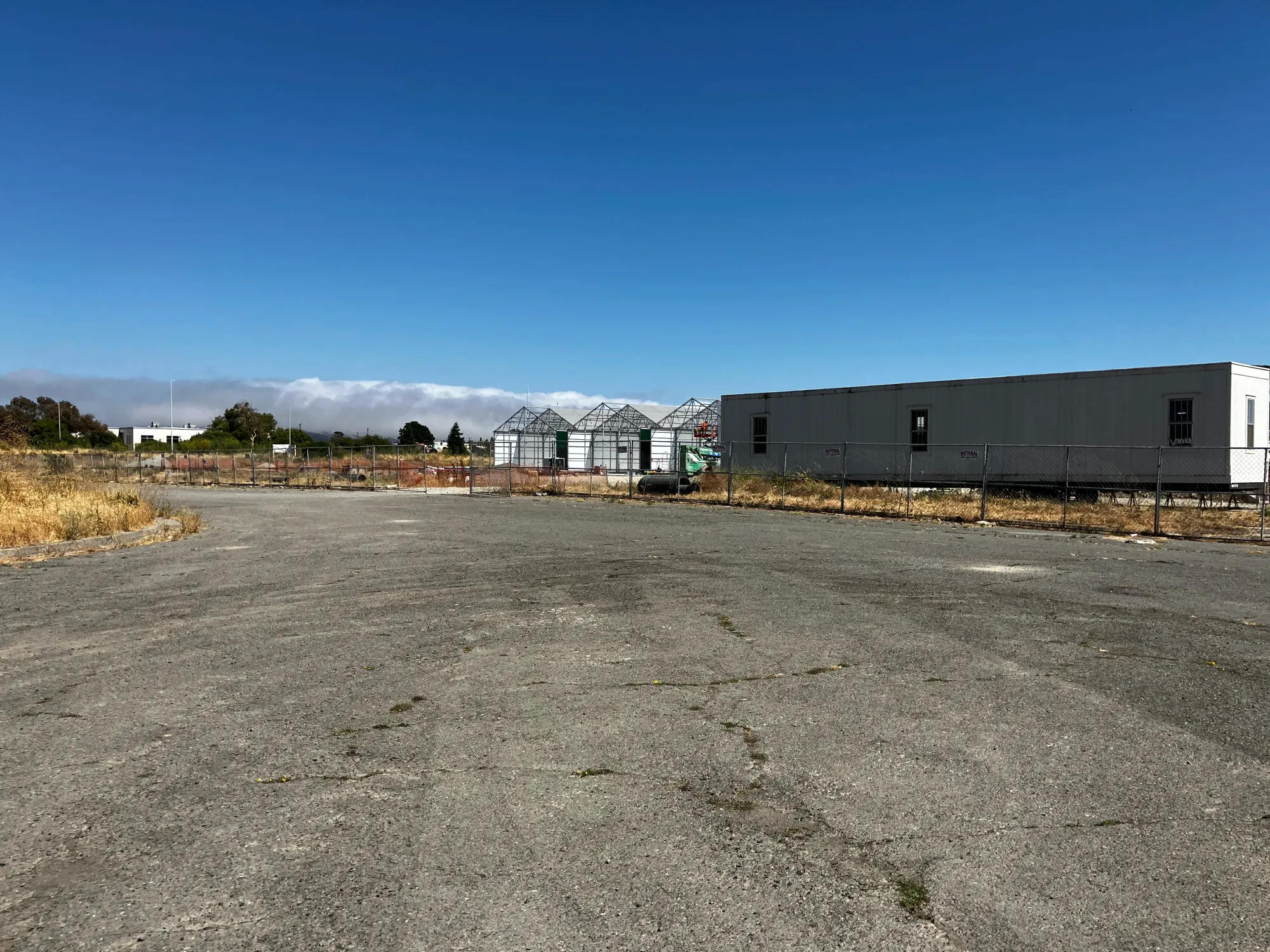
The other site at North Castro and Vernon Avenue was once a proposed location for Castro Encampment RVs.
“North Richmond residents were not in agreement. However, now that we are talking about Tiny Villages--and actually thinking of making them home ownership, it would be more of an affordable housing project, there may be more interest,” McLaughlin wrote.
McLaughlin said she would also like to consider passing an ordinance allowing tiny villages on private land. “I know Sacramento has such an ordinance. Perhaps in the fall, we can introduce such an ordinance,” she wrote.
McLaughlin said the city must address the public safety and public health crises of a growing homeless population. In spite of flawed county population counts, which only measure a point in time, this problem is getting worse. Research has shown that tiny house villages provide a sense of community among residents, which is key to people’s moving their lives forward.
 Grandview IndependentSoren Hemmila
Grandview IndependentSoren Hemmila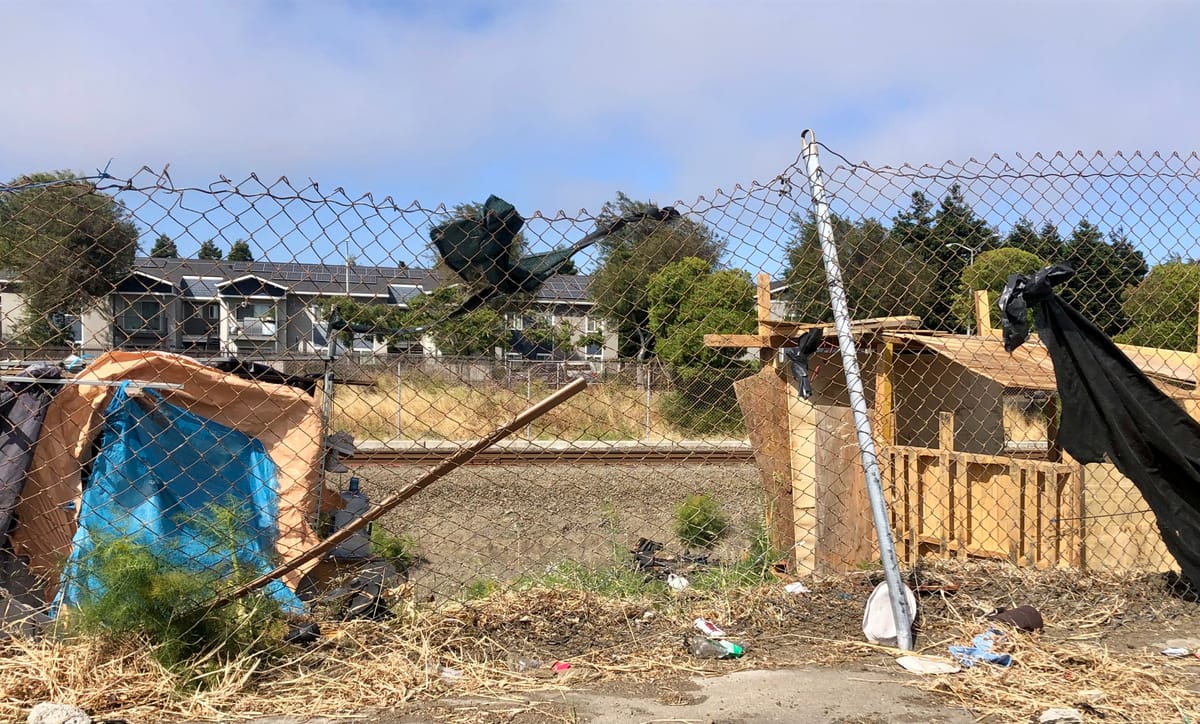
“That peer support, along with operational support from service providers, are all part of a village model that actually creates positive results in mitigating homelessness, rather than allowing spontaneous unmanaged encampments to keep emerging and re-emerging,” McLaughlin said.
Youth Tiny Village Pilot Project
Richmond’s first youth tiny village pilot project is set to open across from the GRIP center in 2025.
Sally Hindman, Coordinator with Tiny Village Spirit, said Tiny Village Spirit, RPAL, SOS-Richmond, and other groups are collaborating on the creation of the Tiny House Village, Farm, and Garden.
 Grandview IndependentSoren Hemmila
Grandview IndependentSoren Hemmila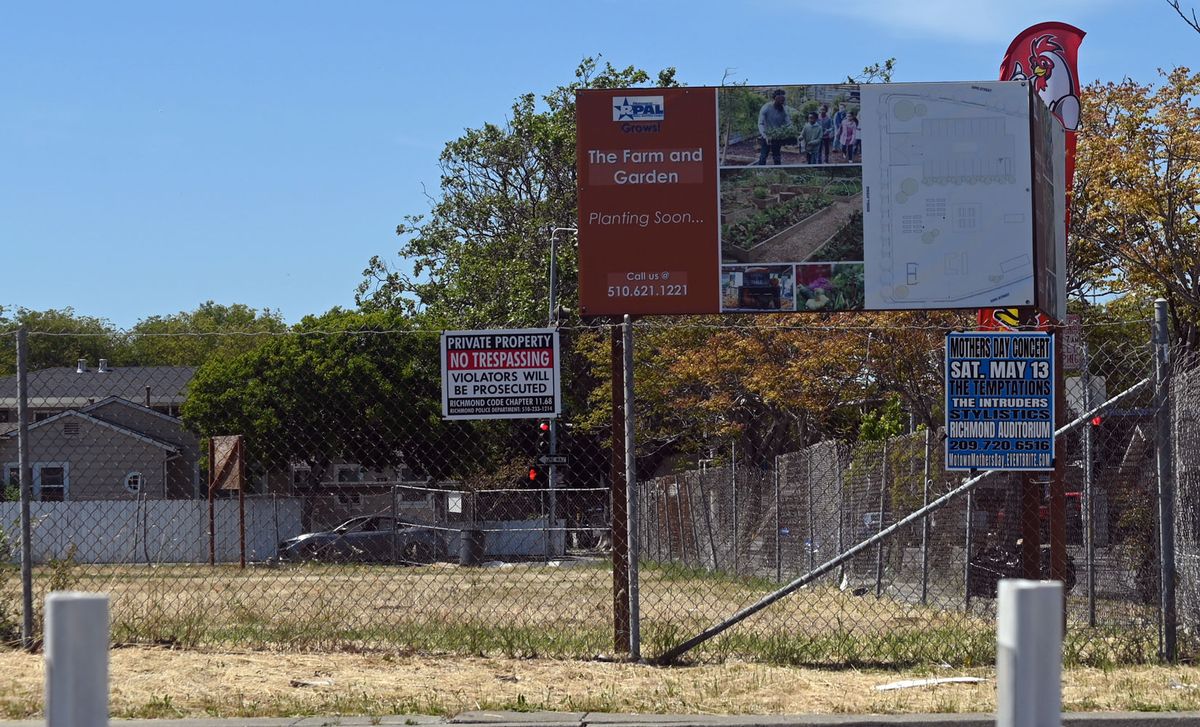
“This summer we are working with volunteers from the community finishing work on our “blessings fence,” moving planters into place for our Farm and Garden, and ordering our community yurts. The team will bring the nearly completed first seven tiny houses to the site in September,” Hindman said.
Volunteers have already planted nearly 100 donated fruit trees, including cherries, oranges, peaches, apricots, nectarines, limes, lemons, and kumquats, in Tiny Village Spirit’s developing orchard.
“We are very excited about having a produce stand, weekly free food giveaway, and youth-run economic development enterprise at the Farm and Garden site. We are excited about the role of the project in placemaking in Richmond’s downtown area,” Hindman said.
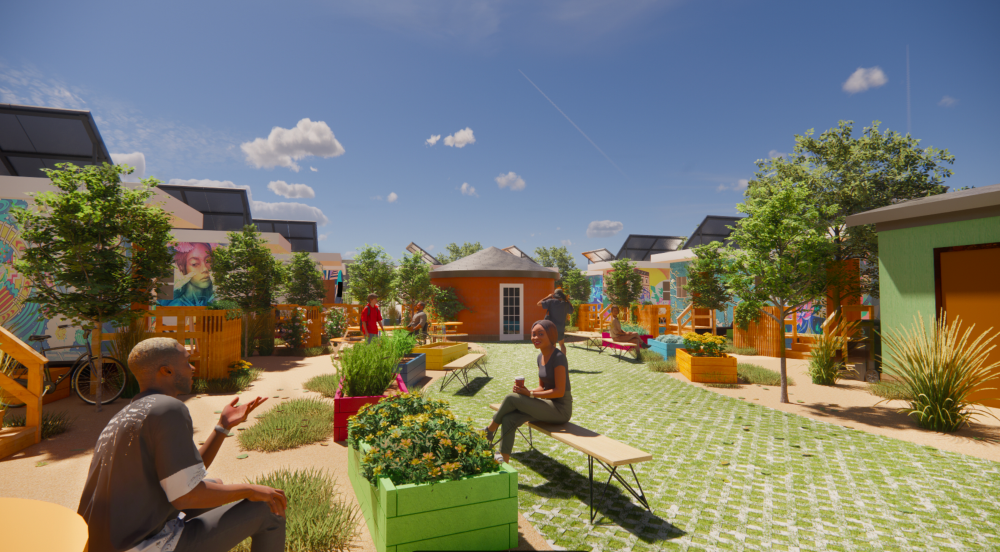
Permitting a tiny home
Richmond considered several approaches to permitting tiny houses on wheels. The tiny homes have wheels and are free-standing, not on foundations. Berkeley and Oakland considered them mobile homes and allowed them under emergency shelter ordinances.
Hindman said the tiny house design for the youth village is part of the permit package being approved by the City of Richmond.
“This design was previously vetted by and received approval from the City of Oakland,” Hindman said.
Gueorgui Kabaivanov, Deputy Building Official with the Community Development Department, called the project unique and creative but also uncharted territory for the city. Kabaivanov outlined three options for permitting tiny homes in Richmond.
Tiny Village could seek approval through the California Department of Housing and Community Development as mobile homes, the California Department of Motor Vehicles as campers, or by the city.
“The first two options are more attractive for your investors because if you can get the units to either have Insignia from HCD or license plate from DMV, you can start mass production and be confident you can place them anywhere in California where such units are allowed by the zoning regulations,” Kabaivanov wrote.
Kabaivanov explained that since the dimensions don’t meet the criteria for mobile homes and the construction materials and methods differ from those commonly used in RV and camper construction; the third option appears to be the only viable choice.
“With that in mind, the sleeping units’ design has to be approved as part of the overall project. So, the construction drawings have to demonstrate compliance with the CBC Appendix P for the life and safety requirements and the structural provisions of the CBC for the structural design. The design has to be approved by the planning, building, fire, and engineering,” Kabaivanov wrote.
According to McLaughlin, the city council included tiny villages as part of its priorities and goals. Richmond and Contra Costa County recognize that these interim villages are necessary.
“Research has shown that tiny house villages provide that sense of community among village residents, which is key to people moving their lives forward,” McLaughlin said.
The Richmond Tiny House Village, Farm, and Garden Project hopes to raise $12,500 to fund the construction of tiny houses and supplemental structures for Richmond’s unsheltered youth.
Click to become a Grandview Supporter here, or make a one-time donation here. Grandview is an independent, journalist-run publication exclusively covering Richmond, CA. Every cent we make funds reporting from Richmond's neighborhoods. Copyright © 2024 Grandview Independent, all rights reserved.
